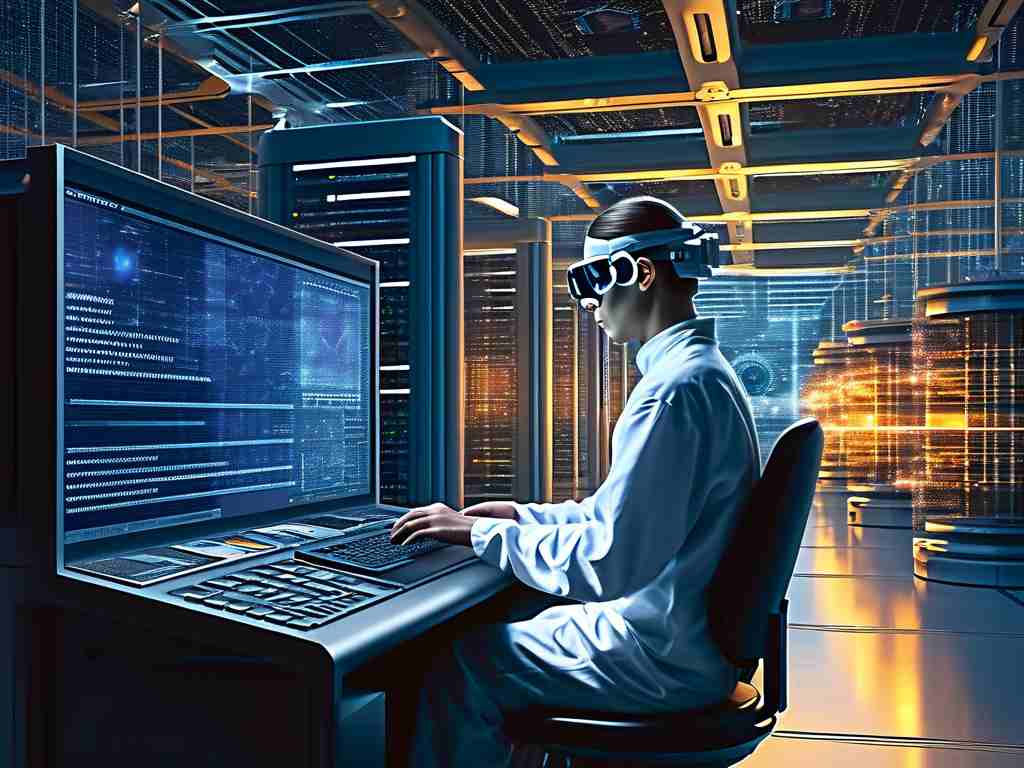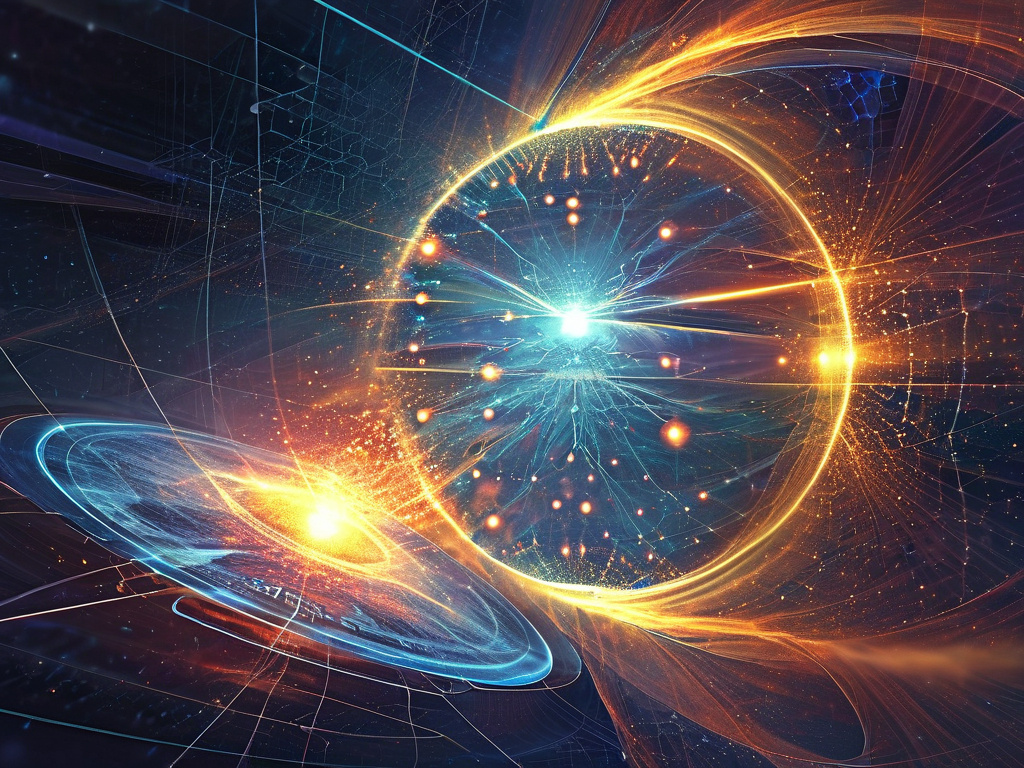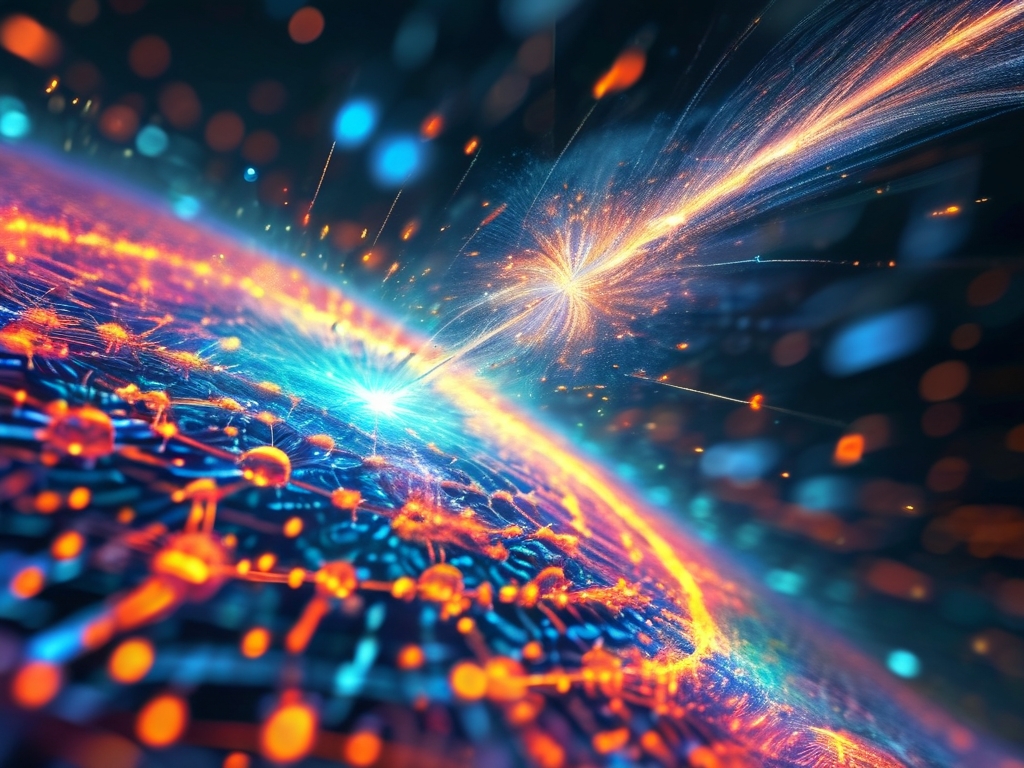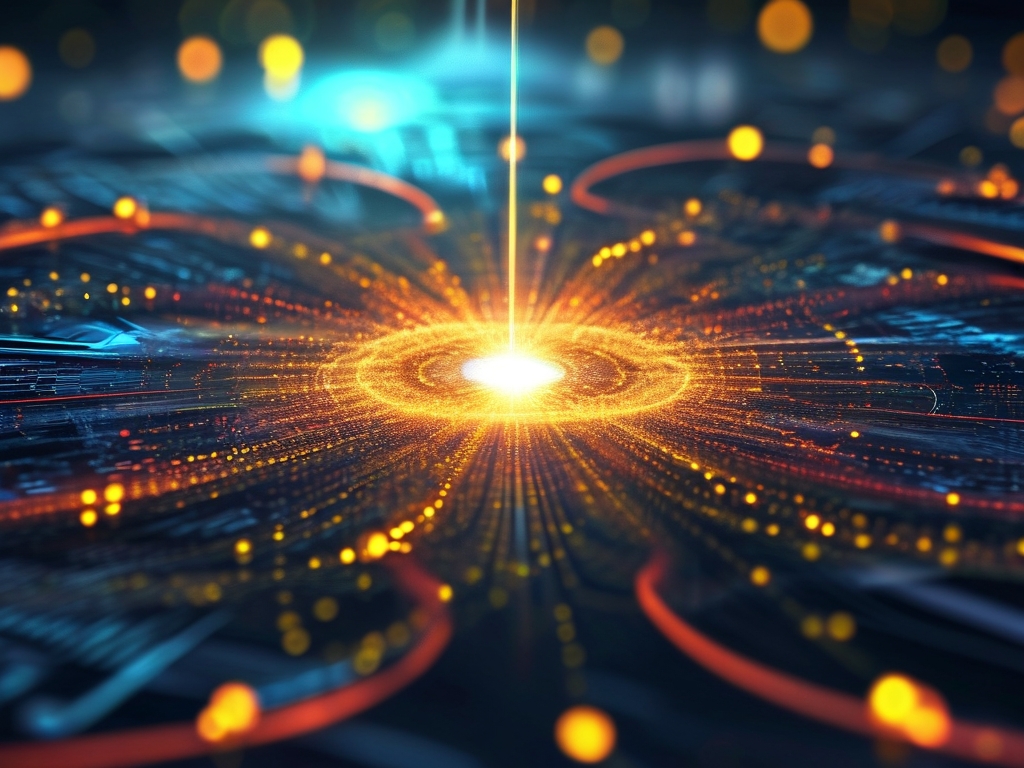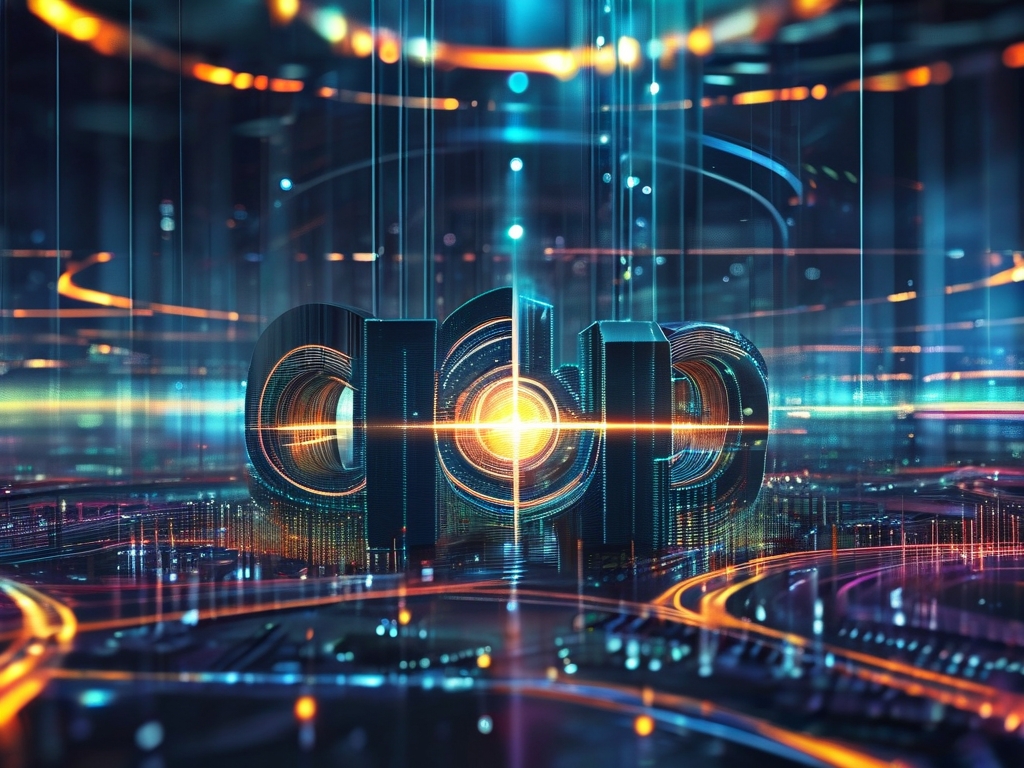Quantum information technology has evolved from a niche scientific field to a cornerstone of modern innovation, introducing terminology that reflects its rapid progress. This article explores five groundbreaking concepts redefining the landscape: Quantum Error Mitigation, Post-Quantum Cryptography, Quantum Internet, Quantum Machine Learning, and Quantum Sensing Networks.
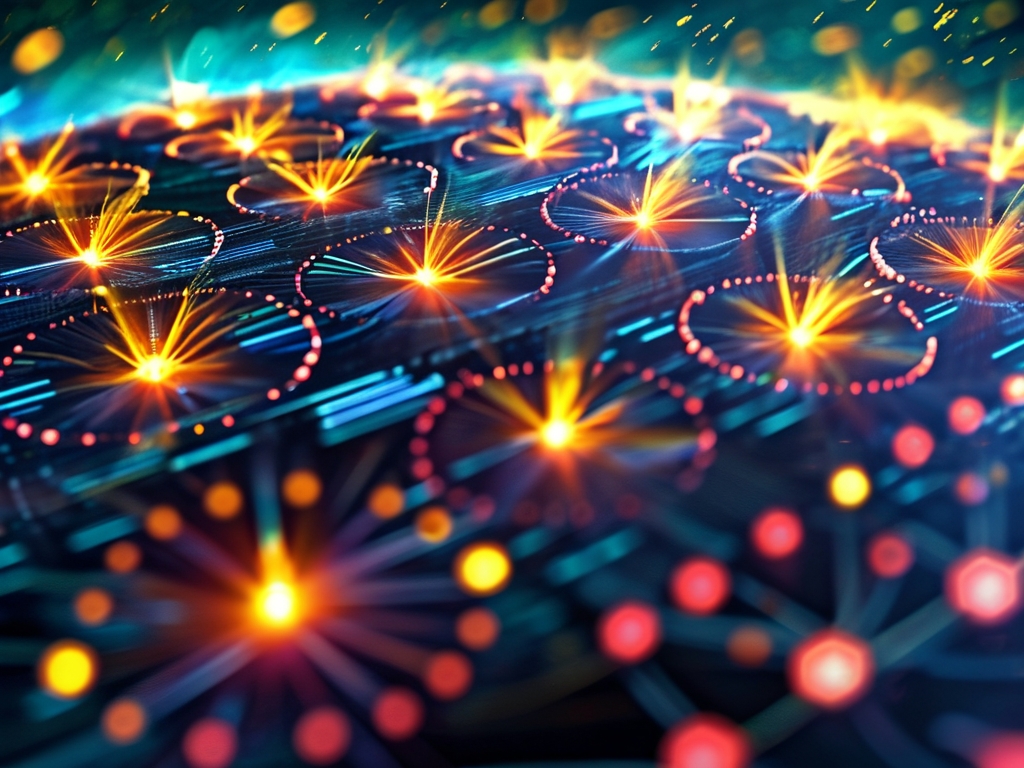
1. Quantum Error Mitigation (QEM)
Traditional quantum error correction relies on redundant qubits to detect and fix errors—a resource-intensive approach. QEM, however, represents a paradigm shift. Instead of eliminating errors entirely, it employs statistical methods and algorithmic adjustments to "mitigate" their impact on computational outcomes. Techniques like probabilistic error cancellation and zero-noise extrapolation allow near-term quantum devices to produce usable results despite hardware imperfections. IBM’s 2023 demonstration of QEM-enabled accurate molecular simulations on a 127-qubit processor highlights its practical value in bridging the gap between theoretical potential and real-world applications.
2. Post-Quantum Cryptography (PQC)
As quantum computers threaten to crack RSA and ECC encryption, PQC has emerged as a critical defense mechanism. Unlike quantum key distribution (QKD), which relies on physics, PQC uses mathematical frameworks resistant to both classical and quantum attacks. Lattice-based cryptography (e.g., Kyber algorithm) and hash-based signatures (e.g., SPHINCS+) dominate NIST’s ongoing standardization process. In 2024, Google began testing PQC in Chrome browser updates, signaling its transition from academic research to global cybersecurity infrastructure.
3. Quantum Internet
Beyond quantum communication, the quantum internet envisions a network where entanglement distribution enables unhackable communications, synchronized atomic clocks, and distributed quantum computing. China’s Micius satellite achieved a 1,200-km quantum-secured video call in 2022, while the EU’s Quantum Internet Alliance aims to establish a continental testbed by 2026. Key challenges include developing quantum repeaters and memory nodes to overcome photon loss in fiber-optic channels.
4. Quantum Machine Learning (QML)
QML leverages quantum states to process high-dimensional data exponentially faster than classical systems. Variational Quantum Algorithms (VQAs) now power drug discovery pipelines—for instance, IBM and Moderna’s collaboration to optimize mRNA vaccine candidates. However, the "quantum advantage" in machine learning remains debated, as hybrid quantum-classical models currently outperform purely quantum approaches in most tasks.
5. Quantum Sensing Networks (QSNs)
QSNs use entangled particles to achieve unprecedented measurement precision. Applications range from gravitational wave detection (improving LIGO’s sensitivity by 10x) to underground mineral exploration. DARPA’s 2023 QSN prototype demonstrated real-time magnetic anomaly tracking for submarine detection, showcasing dual-use potential in civilian and military domains.
Challenges and Ethical Considerations
The terminology itself reveals unresolved issues. For example, "quantum supremacy" remains controversial due to its political connotations, prompting alternatives like "quantum advantage." Meanwhile, the energy demands of cryogenic quantum systems clash with sustainability goals, and quantum hacking risks necessitate proactive governance frameworks.
These terms collectively sketch a future where quantum technologies redefine computation, security, and connectivity. As startups and governments invest billions—the global quantum market is projected to exceed $125 billion by 2030—mastering this lexicon becomes essential for policymakers, engineers, and society at large. The next decade will determine whether these concepts remain specialized jargon or evolve into household words shaping daily life.


